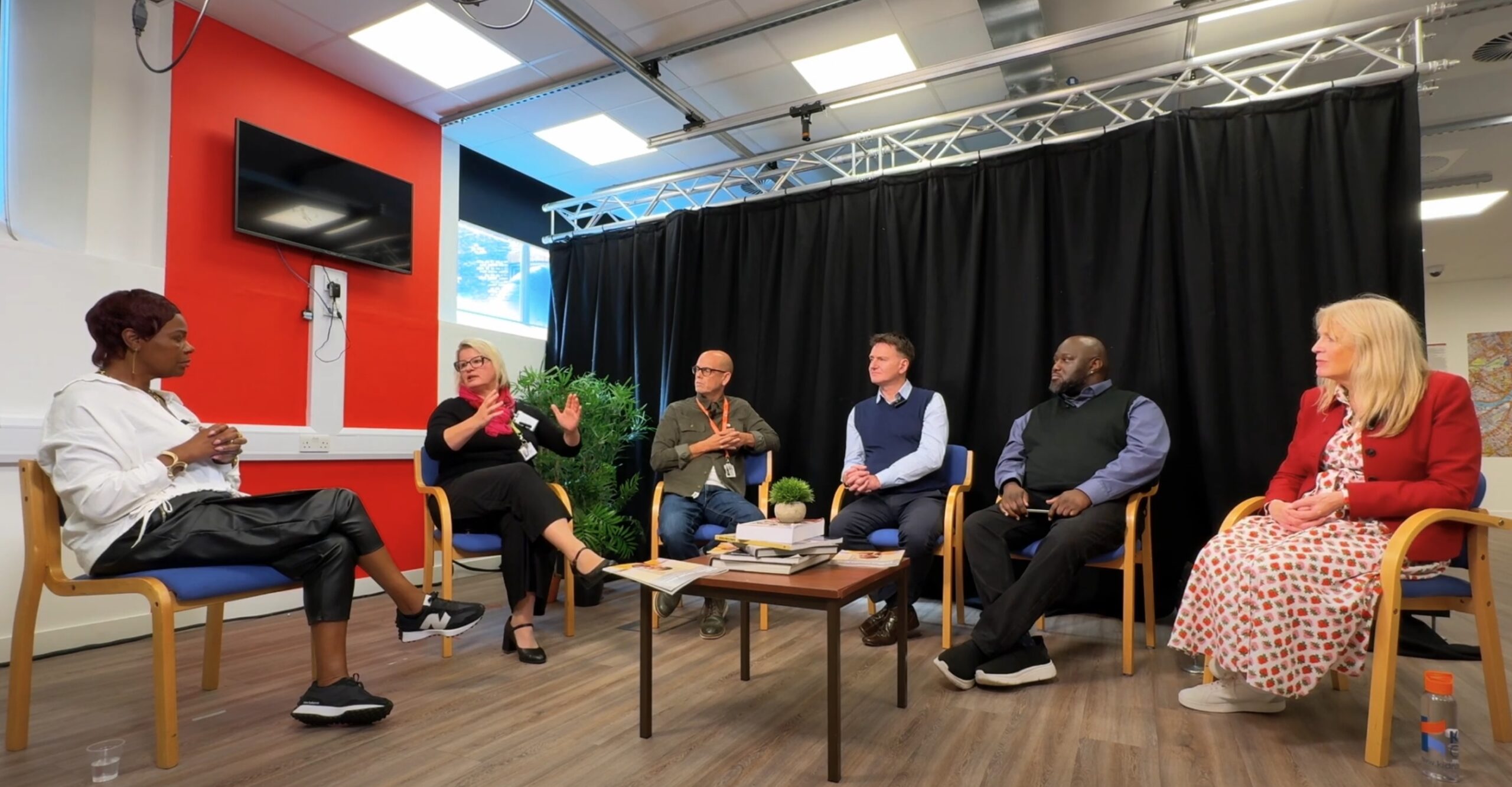
Watch the conversation
GOLD recently conducted a one-year pilot project aimed at improving access to living donation and transportation for Black African Caribbean patients with CKD. The pilot was successful with over 180 conversations about living kidney donation take place facilitating 11 Black African Caribbean patients have a friend, family member or colleague contact a living donor coordinator as a potential living donor.
We provide a service model that connects patients with their community to talk about living donation at a level and in a language they understand. It is a practical, and transferable model that meets the diverse needs of the renal population, it fills an important gap in the current patient renal pathway.
One of the key findings and recommendations of the report is that patients from underrepresented communities are asking for a community component to be an integral part of their hospital kidney care package as this could help to avoid spending a substantial amount of time on dialysis and facilitate a live donor transplant.
Change, Service & Investment
We wanted to have a conversation about the aspects of healthcare that make a real difference to living kidney donation by taking these three key areas, we hope you find the conversation as stimulating and informative as we did.
Change
What changes can we make to the current patient renal pathway to embed a community component to create health equity and better patient outcomes?
Service
Community, Hospital, Integrated, Patient, Pathway Service (CHIPPS) is a simple, scalable and sustainable service model by GOLD that can adapted for any community where there is a low uptake of living donors. How can stakeholders work in collaboration with GOLD to deliver this service?
Investment
We must invest in health equity if we genuinely want to improve access to living donation for patients from underrepresented communities and reduce the incentre dialysis capacity now and in the future for this group. Data from the report shows the service model is a win-win for patients and healthcare providers.
